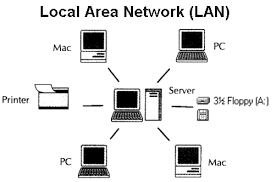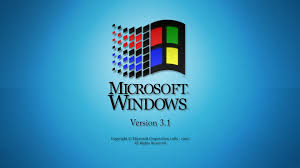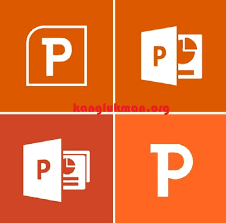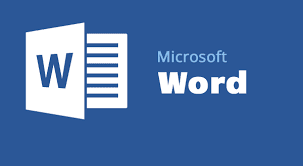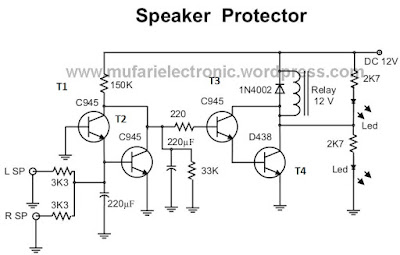The computer mouse is a hardware belonging to the input device (input). The function of a computer mouse is set the cursor movement quickly, and also to give an order by simply pressing a button on a computer mouse. Within this mouse device, there is a small ball that will capture mouse movements and transfer electrical signals to the processing device (CPU). Thus, a computer mouse can quickly perform performance as an input device.
Here you can see some of the computer mouse functions:- Give commands to the computer by moving the mouse in the special surface computer mouse (Mouse Pad).
- Shows the location of the node exit on the screen.
- Conducting enter a command called: click, double (double click), click hold and drag (drag and drop click), and right-click.
- Scrolling the screen to see all parts of the program that is being opened by moving the scroll wheel.
- Accelerate and facilitate the work of graphic design, gaming and so on.
- Controls the visual objects.
- Enabling the command button and perform commands on an application.
- Zooming in and out the worksheet.
- Transfer the electronic signals from the movement of the mouse leading to the processing device. And many more.




